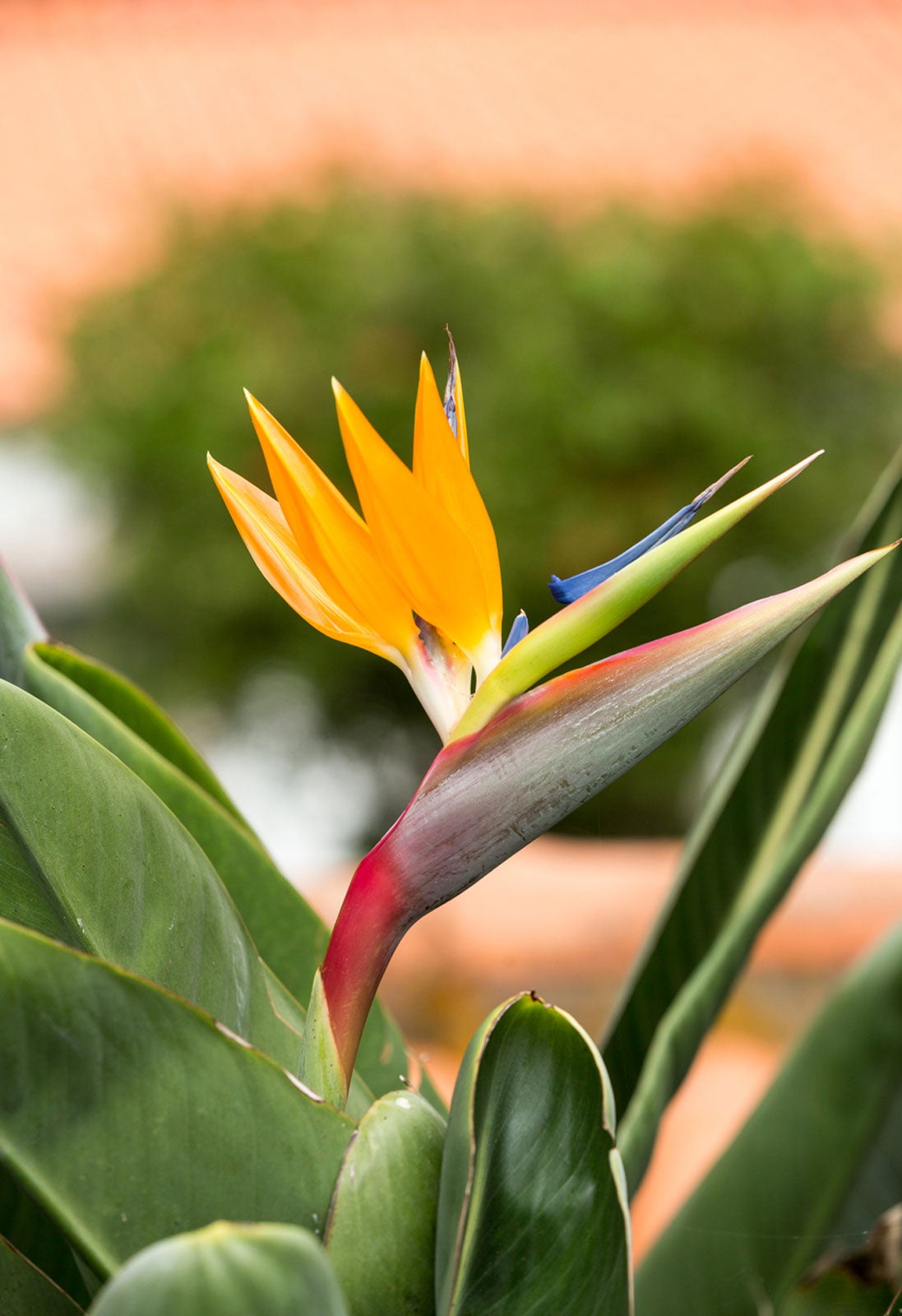Bird Of Paradise Fungus – Controlling Leaf Spot On Indoor Bird Of Paradise

Bird of paradise (Strelitzia) is a dramatic indoor houseplant with striking flowers and is generally easy to care for given the right conditions. Occasionally, though, if the conditions aren’t quite right, fungal bird of paradise leaf spot can occur. Let’s take a look at what causes it and what you can do for leaf spot on indoor bird of paradise plants.
About Strelitzia Fungal Leaf Spot
This bird of paradise fungal disease tends to occur when there is too much moisture present. The good news is that it typically does not cause any long-term damage to the plant. Proper cultural conditions and sanitization practices will help prevent this bird of paradise houseplant fungus.
The spots on the leaves will be 0.1 to 2 centimeters big. Sometimes the spots are regularly shaped like a circle, and other times the spots have a more irregular shape. Typically, the fungal spots are a lighter gray on the inside, while the outside of the spots are much darker or even black in color. The spots can also be brown or yellowish in color.
Controlling Bird of Paradise Fungus
For plants that are badly infected, the leaves may start to wither and even fall off. The key to any disease treatment for plants is to catch it in the early stages.
If you have Strelitzia fungal leaf spot, be sure to remove any infected leaves. You’ll also want to remove any leaves that have fallen to the soil. Avoid getting the infected leaves wet, as this will spread the disease.
If you have fungal leaf spot, you can treat with a fungicide. Neem oil is a natural option, or you can use another fungicidal spread to treat your plant. When you treat your plant, you may want to spray a small portion of the plant first to make sure it won’t ruin the leaves. Assuming everything looks okay, go ahead and spray the entire plant.
Some good cultural practices to prevent fungal leaf spot and other diseases is to make sure that you have good cultural conditions. Clean up any dead leaves, whether they are on the plant or on the soil. Good air circulation is very important, as is avoiding overhead watering and keeping the leaves wet for too long.
Gardening tips, videos, info and more delivered right to your inbox!
Sign up for the Gardening Know How newsletter today and receive a free copy of our e-book "How to Grow Delicious Tomatoes".
-
 Never Plant Seedlings Until They Pass These 3 Simple Tests
Never Plant Seedlings Until They Pass These 3 Simple TestsDon't be over-eager to transplant seedlings into the garden before they are ready. These quick and easy checks will help ensure flourishing plants.
By Mary Ellen Ellis
-
 Grow ‘Karl Rosenfield’ Peony Plants For The Ultimate Frilly Border Beauties And Cut Flowers
Grow ‘Karl Rosenfield’ Peony Plants For The Ultimate Frilly Border Beauties And Cut FlowersFor frilly double magenta peony petals infused with a heady fragrance, grow ‘Karl Rosenfield’ peony plants. Here’s how to cultivate the ultimate plushy blooms
By Tonya Barnett